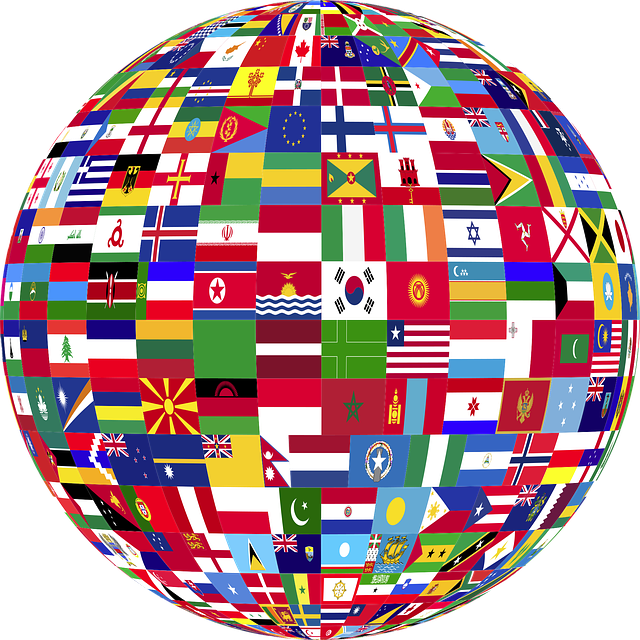Local officials and researchers say hunger has killed at least 700 people in Ethiopia’s northern Tigray region in recent weeks after the United States and United Nations suspended food aid.
I wish we could donate directly to the people in need rather than to the corrupt government or the large humanitarian organisations willing to play along with that corruption.
These governments stopped sending food aid because of local corruption, not their own corruption. The food was being stolen and sold for profit instead of going to those who are starving.
Yes, local government corruption, who are diverting (stealing) the aid to the military or to market to be sold for massive profit, rather than to the civilians who need it.
Worth noting the US had other sanctions against Ethiopia in place but is easing some non-food restrictions.
It’s been very hard in the Tigray situation because the national government isn’t all that invested in aid to Tigray and at one point Ethiopian and Eritrean forces were actively stopping it.
Yup, that’s what I meant (I guess I wasn’t clear which government I was talking about, and it was the Ethiopian one, though to be fair, it’s all governments involved that are to blame, since none of them are actually acting to stop the violence and suffering, only to apply ban-aid solutions to it, at best, or find ways to make money from the situation at worst).
If you’re talking about a boots on the ground peacekeeping intervention in the Ethiopian war and its aftermath, I agree with you but I don’t think the UN would get much support for that even now.
The US has been sanctioning the Ethiopian government over its human rights abuses in Tigray.
Halting food aid to the rest of Ethiopia has been one of the measures taken in response to aid being diverted, and as we can see it seems to have increased deaths.
I did mean that, but in my mind was going even further back, because of course this crisis isn’t the first in the region and it won’t be the last, especially as long as the west continue to withhold support (or only provide it to the bodies they know will not distribute it fairly, which I don’t doubt they knew was the case long before they decided to sanction).
The more you look in to these things, the worse it gets really.
The real question is was that funding paused because that money isn’t actually being used to buy food for Ethiopians.
Apparently wheat meant for needy people was being stolen with the involvement of senior Ethiopian government officials, so the food aid has been put on hold till the corrupt officials are removed from aid distribution and stronger checks against theft are introduced.
Some people just cannot stop being scum.
In this case it’s a fairly intractable problem. The famine itself was caused by war between the Ethiopian Government and the province of Tigray. Deliberate crop destruction and aid blockades were features of that war.
It seems senior Government officials are involved in diverting and selling grain in peacetime. It doesn’t seem the government is all that invested in seeing that aid go to Tigray.
But now the aid is being paused for the rest of Ethiopia as well, and we are seeing more deaths.
The answer to your question is in the second paragraph of the article:
The U.N. and the U.S. first suspended food aid to Tigray in March after the discovery of a scheme to steal donated wheat intended for needy people. They extended the pause to the rest of Ethiopia in early June, affecting 20 million people in need, or about one-sixth of the country’s population.
Hunger has killed at least 700 people in Ethiopia’s northern Tigray region in recent weeks after the United States and the United Nations paused food aid, local officials and researchers say.
The U.N. and the U.S. first suspended food aid to Tigray in March after the discovery of a scheme to steal donated wheat intended for needy people. They extended the pause to the rest of Ethiopia in early June, affecting 20 million people in need, or about one-sixth of the country’s population.
Tigray’s Disaster Risk Management Commission has recorded 728 hunger-related deaths in three of the region’s seven zones since the food aid was suspended in March…
The figure includes 350 hunger deaths in the northwest zone of Tigray, which hosts thousands of people displaced by a two-year conflict in the region that ended in November. In mid-March, U.S. aid officials found enough food aid for 134,000 people for sale in a local market in Shire, the zone’s biggest town.
Separately, researchers at Mekele University in the regional capital have documented 165 hunger deaths in seven camps for internally displaced people in Tigray since the food aid suspension began. There are over 100 such camps across the region.
The deaths were reported by camp coordinators to the researchers, who are studying people displaced by the recent war. Most of the deaths are of children, old people and people with underlying health conditions, said one researcher, who spoke on condition of anonymity for fear of reprisals. He linked the deaths directly to the aid suspension.
A U.N. update published on June 14 said the number of children admitted to hospitals in Tigray for malnutrition rose by 196% between April 2022 and April 2023.
The recent war left 5.4 million out of 6 million people in Tigray reliant on food aid. During the conflict, both sides looted humanitarian supplies and the government restricted aid access, leading U.N. investigators to accuse it of “using starvation as a method of warfare.” A ceasefire signed in November had allowed aid deliveries to resume to the region.
Aid workers have told The Associated Press, which first reported the food aid theft, that senior Ethiopian government officials were deeply involved. The U.S. is refusing to reinstate food aid until they are removed from the aid distribution process and stronger checks are introduced.
Maybe someone more knowledgeable than me can comment: is it true that the injera crop native to that region and planted predominantly has a much lower yield than other wheat? Is it even planted predominantly at this point?
There has to be some way that ‘plant a crop with higher yield and less people hunger’ is not the solution, because if I can figure that out it would have been done already haha
I remember hearing that once but I don’t know of its true or by how much or what.
No, you’re barking up the wrong tree here. Tigray normally grows diverse crops of sorghum, maize, teff, barley etc, fruits such as oranges.
The famine in Tigray is entirely man-made. It’s caused by widespread crop destruction, blockades of farming necessities, deliberate destruction of water infrastructure, farm implements etc.
If you want to know more about agriculture in Tigray and the effects the war had on it, here’s a really in-depth article.
injera is a type of flatbread that can be made from either wheat or teff, thought I think teff is more traditional - it’s a sort of sourdough and it’s really tasty with wat (traditional Ethiopian stew).
not sure about the viability of the yield per acre when compared to wheat or oats. I dont feel like deep diving into which cereal is the most efficient for the horn of africa, but a few minutes of research indicates that teff “requires 1/2 to 2/3 the water other grains need”, but that “pearl millet is one of the most drought-tolerant grains”.
Interesting!
It doesn’t really matter what you are growing if government armies from two nations are deliberately laying waste to your crops and destroying your water infrastructure.
that’s true - and I want to say that’s why root vegetables were so popular in Europe during the dark/middle ages - rampaging armies generally arent going to disturb the soil that much.
Really? I never realised that. According to the article on agriculture I posted, there was some very innovative farming in Tigray before the war, so if they ever get back on their feet perhaps they will see if they can war-proof crops.
Unfortunately though there was evidence during the war that the creation of famine was deliberate and systematic, so it’s unlikely that any farming method would be affective against that in modern times.





